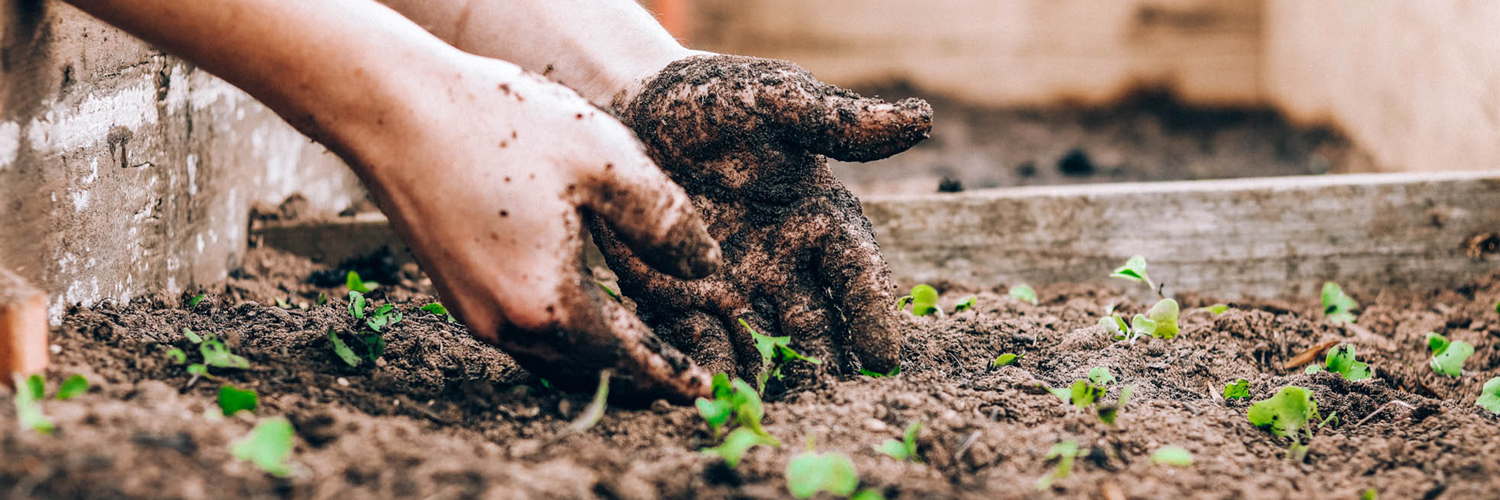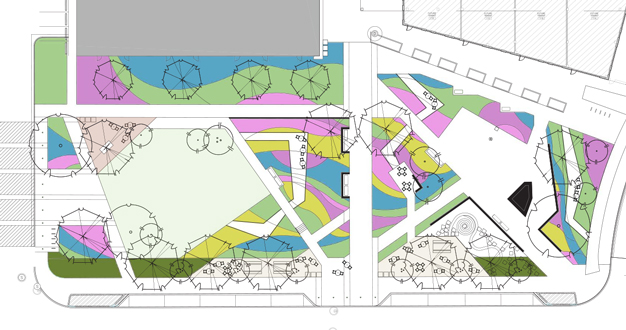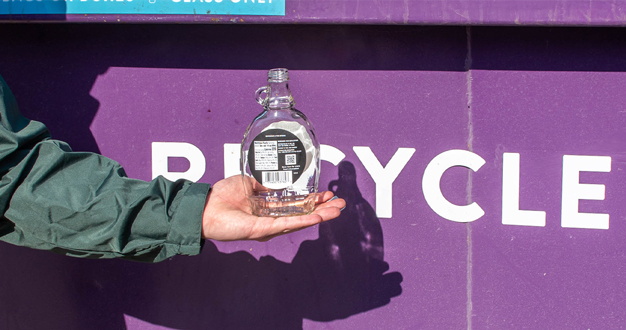
Those first warm days in March might have you jumping to get outside and start working in the garden. If you’re ready to be done with the waiting, we hear you. Here’s a spring gardening timeline and our favorite tips to prepare you for the new season – including when to fertilize your lawn, when to prune plants like hydrangeas, and even some early-season planting!

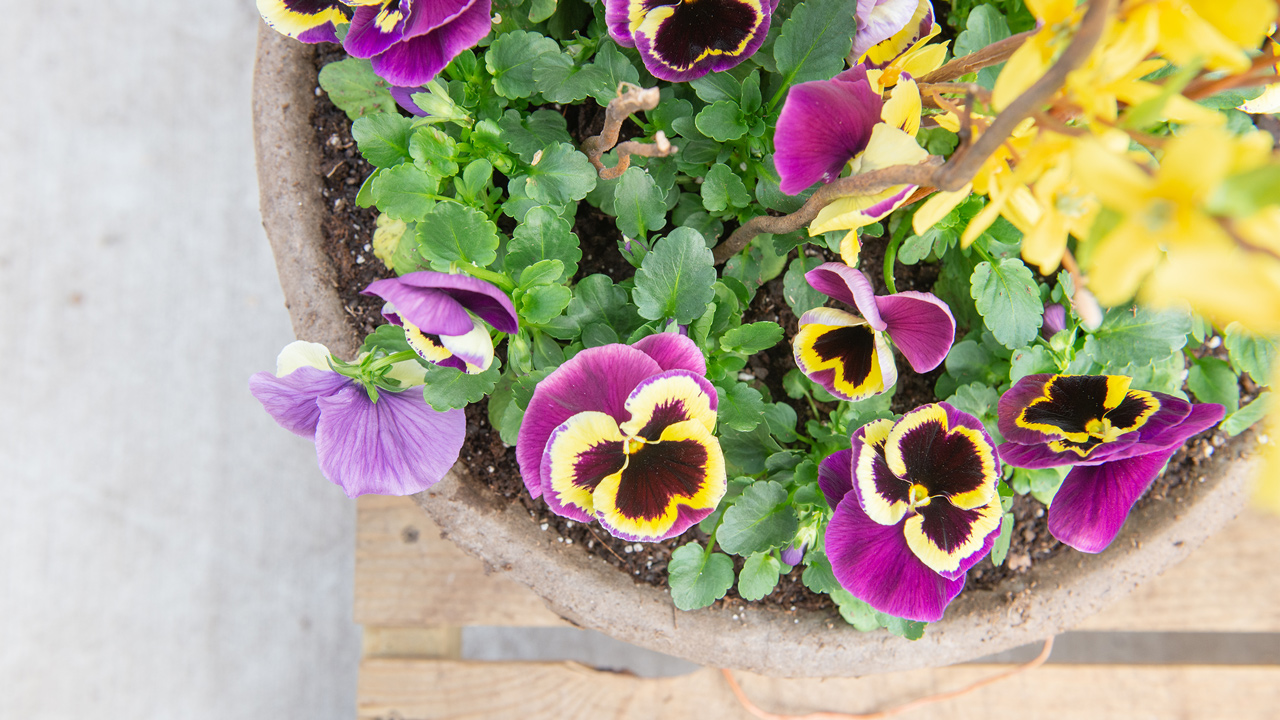
Late March
Even with March’s unpredictable weather, there are still lots of things you can do to get ready for the growing season.
To Do
- Start a garden journal to keep track of your spring plans – seed-starting dates, supply lists, and project ideas.
- Build healthy soil by gently raking a layer of compost into your garden beds.
- Add, replace, or repair hardscape where needed – things like fences, patios, retaining walls, raised beds, or trellises.
- Protect your soil structure by adding stepping stones in hard-to reach spaces.
- Run an at-home soil test to see if your soil could benefit from any amendments.
- Check your stash of stored bulbs and rhizomes to toss out any that are mushy or moldy.
- Prune flowering shrubs that bloom on new spring growth – like smooth hydrangeas, panicle hydrangeas, rose of Sharon, roses, and butterfly bush – but avoid pruning those that set their blooms on last year’s growth.
- Wait to clean up old foliage and stems from perennials and ornamental grasses where beneficial insects are likely still overwintering.
Indoor Planting
- Start seeds that need 6-12 weeks before transplanting outside – like pepper, tomato, cauliflower, celery, eggplant, mint, parsley, zinnia, impatiens, and phlox.
Outdoor Planting
- Fill your spring annual planters and hanging baskets with pansies, kale, dianthus, and other cool-weather annuals.
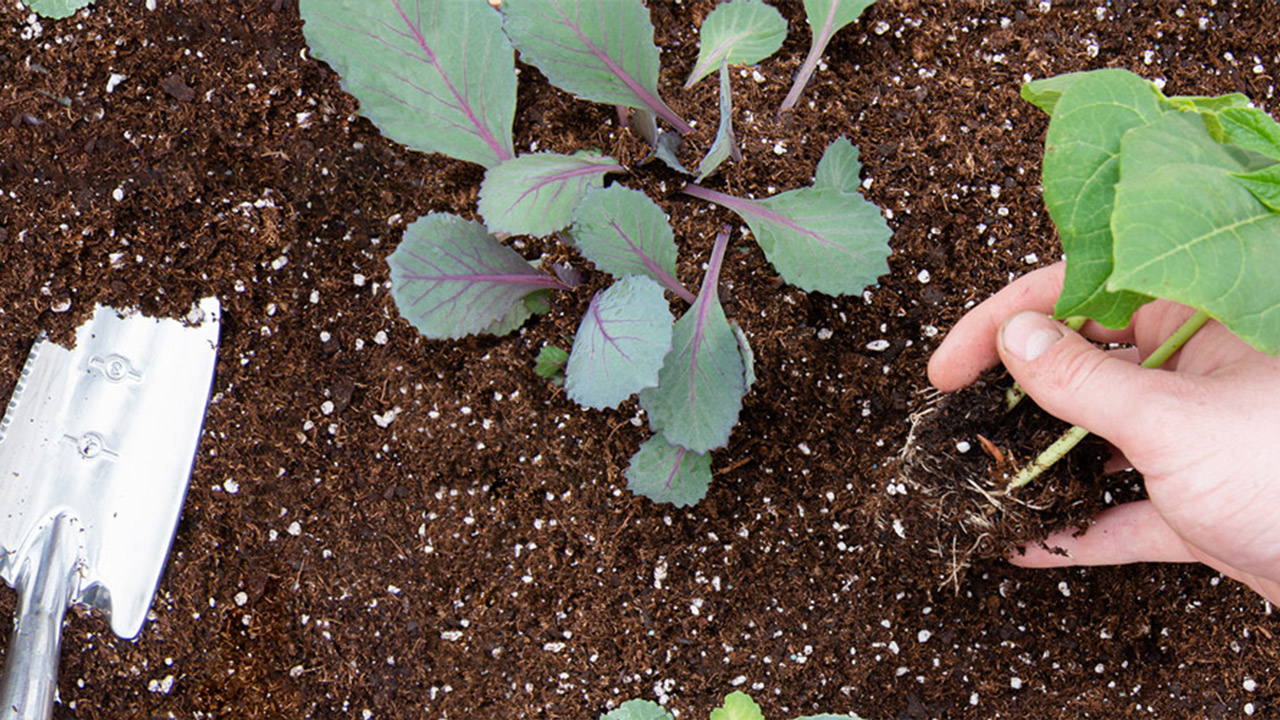
Early April
The sun is getting warmer, and the growing season is tantalizingly close – each week in April brings more projects you can start on.
To Do
- Lay a fresh layer of mulch in your landscape beds to protect the soil from late-season frosts, conserve moisture, and prevent early weeds.
- Sketch out your plans for summer containers and annual beds – and create a shopping list of the plants and supplies you’ll need.
- Set out supports for peonies, sedum, delphiniums, and other perennials that’ll be coming up soon.
- Have some cloth blankets and sheets on hand to throw over tender new garden foliage in case of a frost.
- Start identifying disease and insect problems, and if you need help, feel free to bring in a sample.
Indoor Planting
- Start seeds that need 4-5 weeks before transplanting outside – like basil, broccoli, cucumber, zucchini, tomato, summer squash, sweet peas, and others.
Outdoor Planting
- Sow seeds directly in the garden for cold-tolerant varieties like spinach, peas, radish, lavender, pansy, and snapdragons.
- Plant started plants for cole crops like broccoli, cabbage, and kale – but be ready to cover them if there’s a freeze.
- Begin planting trees, shrubs, and dormant perennials as soon as the ground is workable.
- If you’re rearranging your landscape, be sure to move deciduous shrubs before new growth or flowers appear.
- If needed, divide and transplant summer– and fall-blooming perennials after they start to sprout a little, but leave your spring-blooming perennials be until the fall.
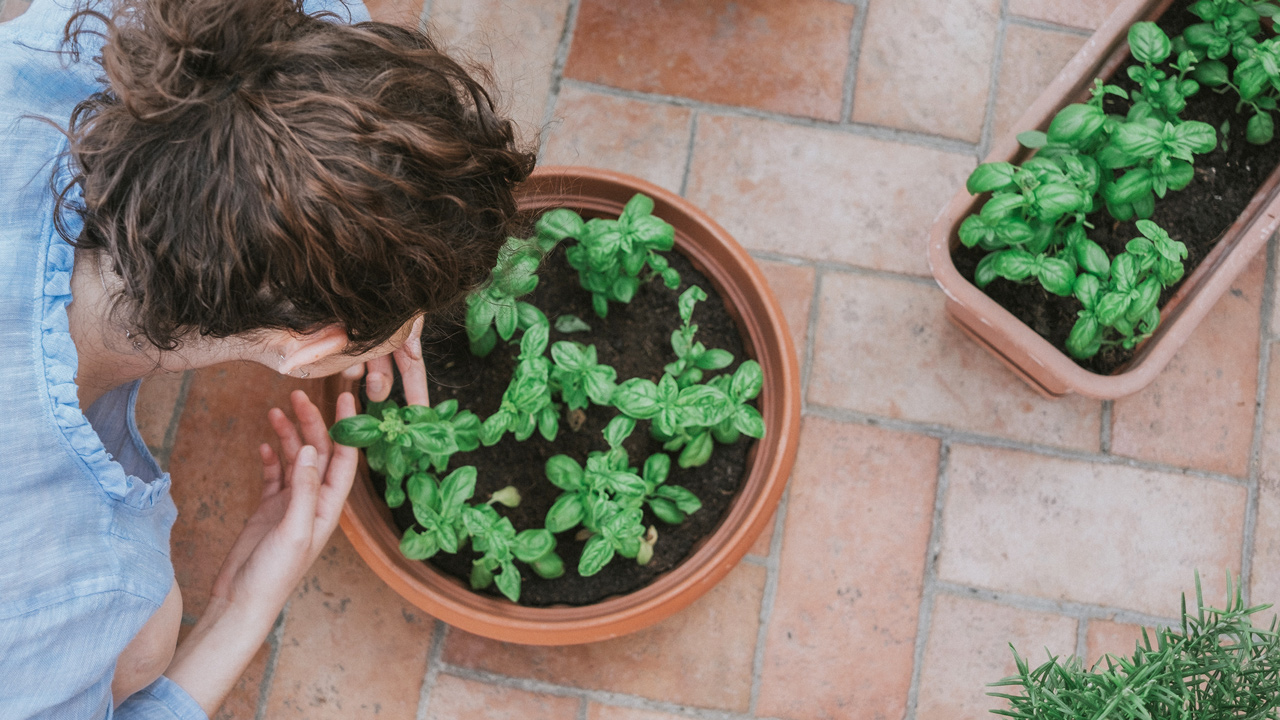
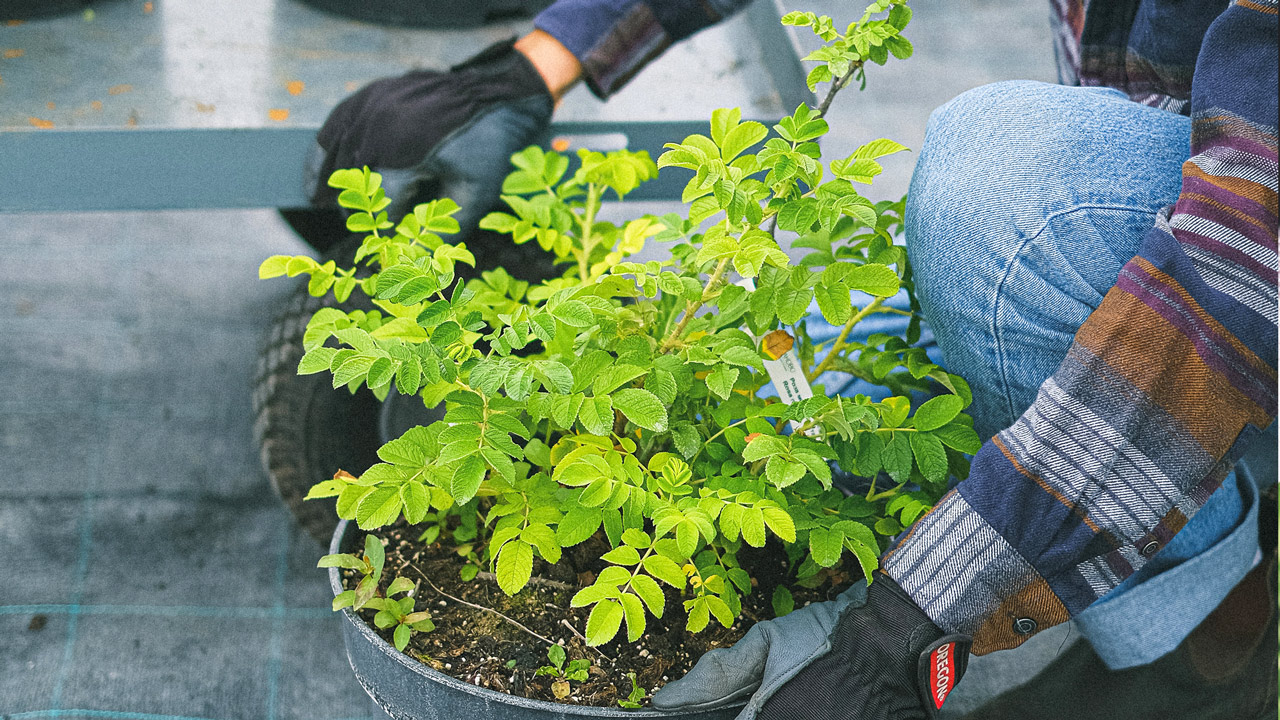
Late April – Early May
Depending on the year, spring may be in full swing by late April or holding off a little longer. Either way, these projects are perfect for those last-minute preparations for the growing season.
To Do
- If the weather is dry, begin watering your turfgrass about one inch each week.
- Keep those blankets handy for late-spring frosts and freezes.
- Fill or top off outdoor containers and hanging baskets with fresh potting mix.
- Prune or trim the earliest flowering shrubs after they’re done blooming for the season.
- Cut back ornamental grasses and clean up remaining foliage from last year’s perennials.
Indoor Planting
- Start seeds that need just a couple weeks to grow before transplanting outdoors – like gourds, nasturtium, sunflowers, and pumpkins.
Outside Planting
- Sow seeds directly in the garden for beets, arugula, carrots, collards, lettuce, kale, leek, turnip, pole beans, peas, sunflowers, and others.
- Begin planting the rest of your perennials, trees, and shrubs.
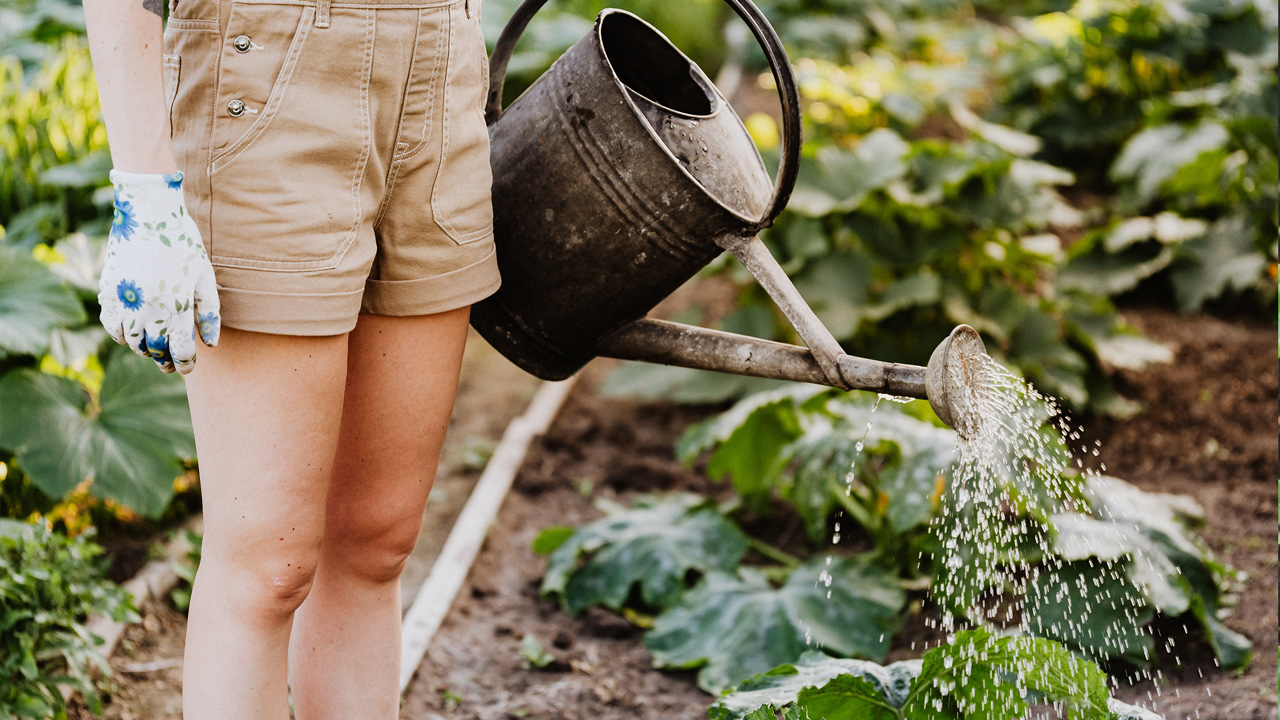
Mid-Late May
Our last frost should be past us, and the growing season is here! Go ahead and plant all you want outside, and get ready for a beautiful summer in your outdoor space.
To Do
- Start watering your lawn, landscape, and newly planted containers as needed.
- Begin offering regular fertilizer to your plants.
- Start scouting for new insect pests, and use earth-friendly solutions to keep pests at bay.
- If needed, prune non-flowering, deciduous shrubs and trees, starting with dead or damaged branches.
Outdoor Planting
- Plant all your favorite flowering annuals and patio tropical plants in containers or in the ground.
- Plant the rest of your potted vegetables or herbs.
- Bring your houseplants outside to a bright, but shaded area for the summer.
We’re here for You!
As we all anxiously wait for spring, get started now with a few gardening and planting projects that don’t need to wait. If you have questions, need suggestions, or just want some inspiration from beautiful foliage and flowers, come drop by the store. We’re here, and we’re just as excited for a beautiful springtime as you are!

